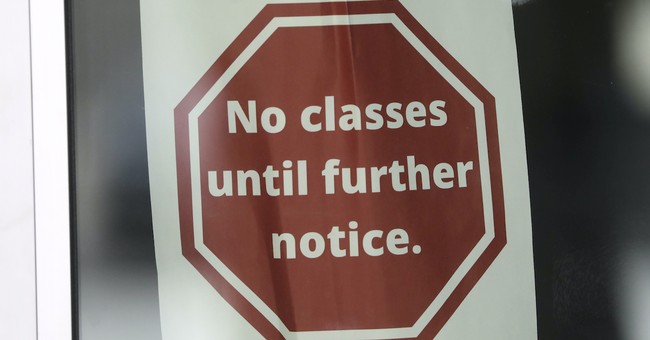
One of the big questions many school districts are dealing with right now is about the beginning of the 2020-2021 school year. Do they open? Do they go virtual? Do they have some sort of hybrid schedule?
In reality, the situation is incredibly trickier than just picking out something and hoping for the best. There are real concerns that have to be addressed, and it goes well beyond the needs of students and the capabilities of the school districts. There are multiple factors that local school systems have been weighing and, as the spread of COVID-19 grows, it is likely that their decisions are less permanent than they’d like.
In reality, the optimal solution is something like rolling closures as outbreaks grow in schools. One school may see an outbreak and shut down, but the others stay open until something happens there. That solution would pose some issues for older teachers, custodians, administrators, cafeteria workers, and others on campus, and it would put a strain on families with older or susceptible relatives. Then again, there are few options that would do any better, and many that would only make matters worse.
My preferred solution, though, is a hybrid model with two weeks in the classroom followed by two weeks virtual. I’ve seen hybrid models that want to split the week or, at best, go week in/week out, but there is a reason that I would prefer to see it at two weeks each instead of one.
Most information that’s available to us shows somewhere in the neighborhood of two weeks that a person is contagious (you can see it ranging in various studies from a few days to ten or more). By letting out for two weeks, if there is an outbreak, you’re essentially isolating the students for about the amount of time they are contagious. If they are practicing healthy habits like social distancing and wearing masks, then you’re likely going to be much safer.
That two weeks also gives schools’ custodians a chance to really deep clean the campus to make sure that there is as little chance as possible that outbreaks can spread easily.
This is also preferable to a hybrid week schedule where some kids come on one day and others come the next because the school’s staff will be the common denominator without any breaks, risking spread simply by interacting with everyone without a long enough break to be able to isolate. Likewise, with two weeks off, you’re also looking at a less hazardous substitute teacher problem, where staff sickness can require outside personnel to come in and also risk spreading the infection.
Whatever the case, though, a week or two virtual at a time is preferable to all virtual because students have been out of school for a long time already, and with any more time like that, you’ll start to see major truancy-related problems in some districts. We want to keep students engaged, and we want to keep them focused as much as possible.
I’m not convinced yet that we’re prepared to go back to school full time, and I am worried that there are still not enough people taking the virus seriously enough that we’ll really beat the spread. The idea of herd immunity is nice, but the risks it poses to non-insignificant portions of our population is not.
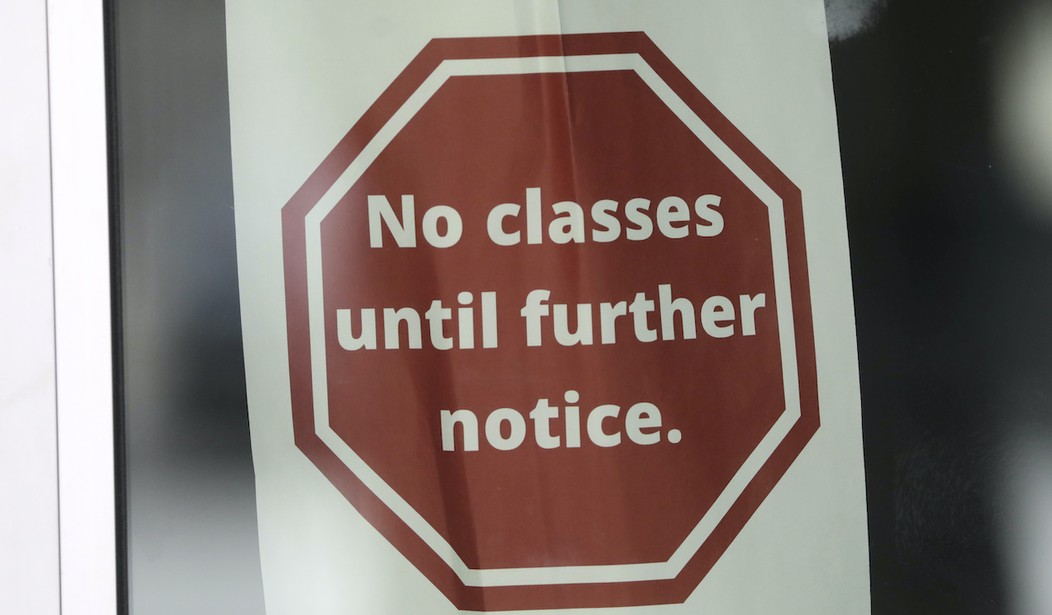

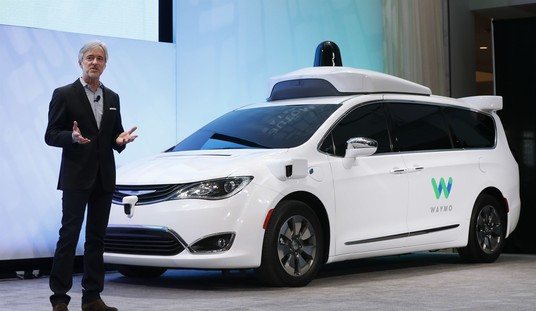
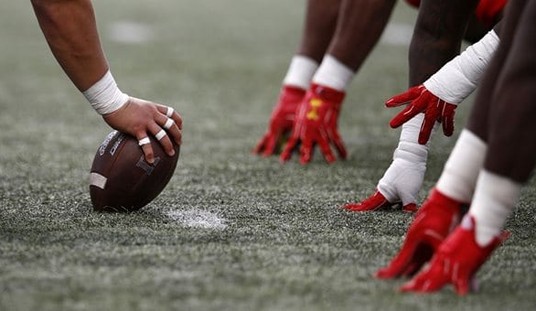







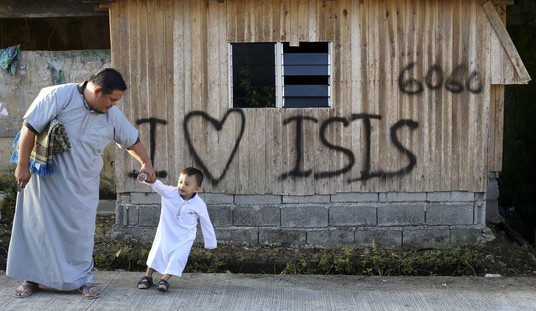
Join the conversation as a VIP Member